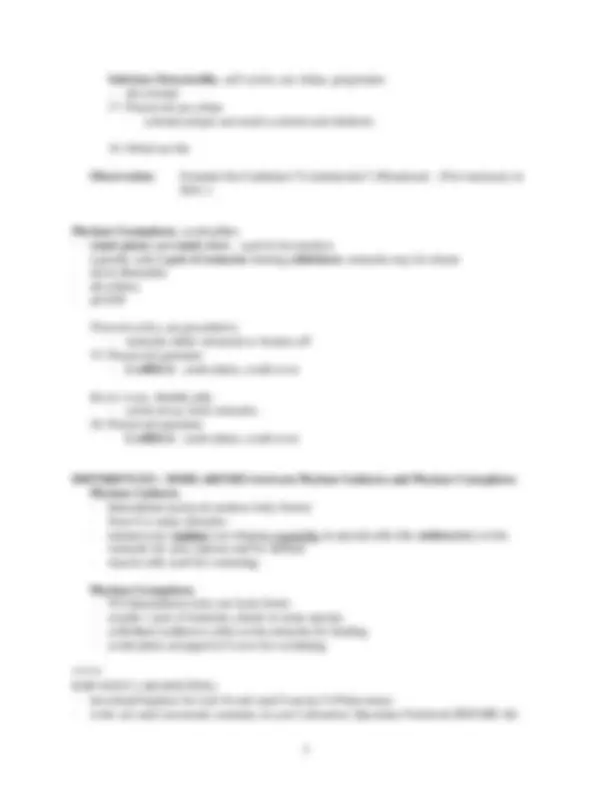



Study with the several resources on Docsity

Earn points by helping other students or get them with a premium plan


Prepare for your exams
Study with the several resources on Docsity

Earn points to download
Earn points by helping other students or get them with a premium plan
Community
Ask the community for help and clear up your study doubts
Discover the best universities in your country according to Docsity users
Free resources
Download our free guides on studying techniques, anxiety management strategies, and thesis advice from Docsity tutors
Material Type: Lab; Class: General Zoology; Subject: Biological Sciences; University: University of Southern Mississippi; Term: Spring 2010;
Typology: Lab Reports
1 / 3

This page cannot be seen from the preview
Don't miss anything!


BSC 201L (14e) Lab #3: Radiate Animals
Use the text and figures in Exercise 8 (The Radiate Animals) to aid your study of the prepared slides and preserved specimens; examine the additional specimens as indicated.
Things to know for Phylum Cnidaria: Polyp or medusa? (or both?) Solitary or colonial? Marine water (MW) or fresh water (FW)? Structures and their functions
Phylum Cnidaria - 5 classes; we will look at 3 Class Hydrozoa , hydroids and hydromedusae
Hydra – text pp. 122-
Obelia – text pp. 125-
Gonionemus – text pp.127-
Physalia , Portuguese Man-of-War
Class Scyphozoa, true jellyfish
Aurelia aurita , moon jelly – text pp. 132-
Stomolophus , cabbagehead or cannonball jellyfish
Class Anthozoa , anemones, stony corals, soft corals
Subclass Hexacorallia , anemones, stony corals Metridium , sea anemone – text pp. 134-
Astrangia – text pp. 136-